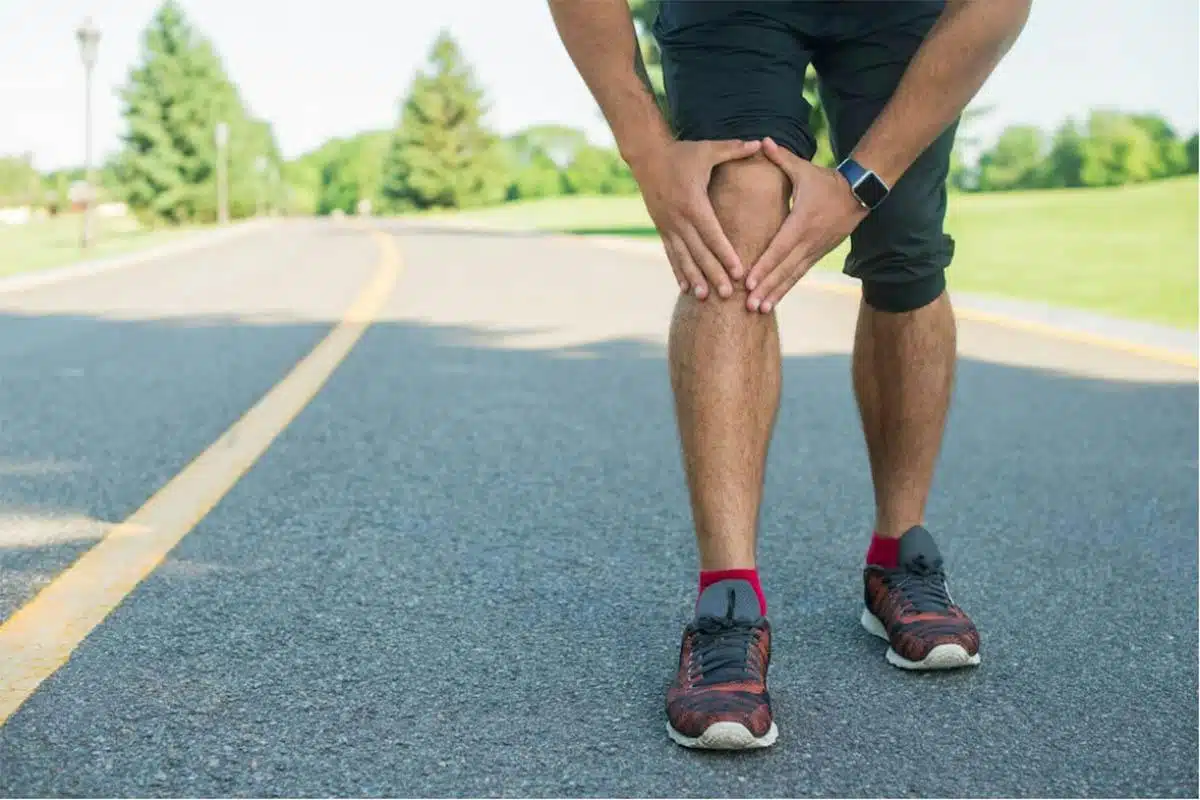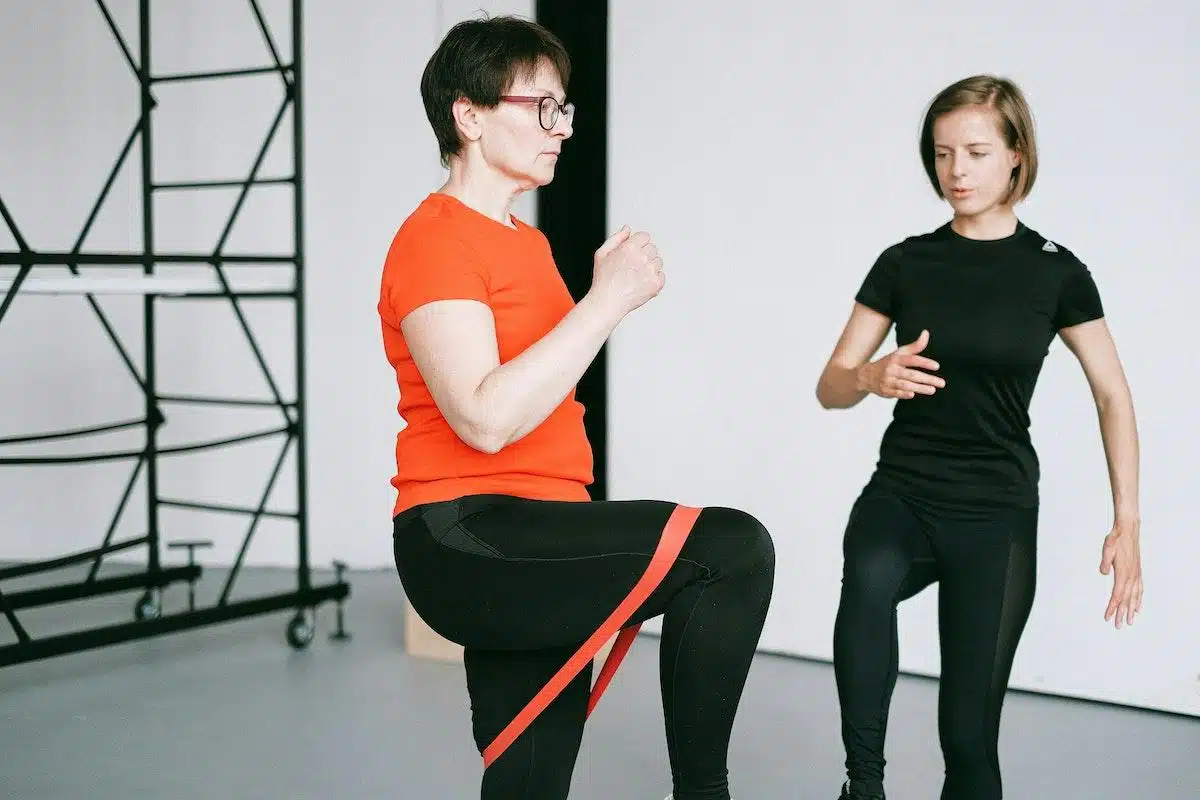Experiencing hip and knee joint pain can severely impact daily life. Simple tasks become challenging, and mobility can be restricted. However, understanding the causes and symptoms of hip and knee joint pain and seeking effective treatments can make all the difference.
When you’re dealing with hip pain or knee pain, it’s like having a constant reminder of every step you take. These aches can dictate your day, from choosing which shoes to wear to deciding whether to take the stairs or the elevator. Our body’s intricate design relies heavily on the smooth functioning of these pivotal joints. Their health ensures our independence, mobility, and quality of life. This blog will shed light on the reasons behind the pain and guide you toward a more comfortable future.
Common Causes of Hip and Knee Joint Pain
Several culprits contribute to knee and hip joint pain. As we age, the wear and tear process takes its toll on our hip and knee joints, leading to degenerative knee and hip joint pain. Accidents, injuries, or conditions like osteoarthritis and bursitis can cause the bone to bone rubbing, further intensifying the pain. Understanding these causes helps in treating pain effectively.
Recognizing the Symptoms

Recognizing the early symptoms is crucial. Doing so can lead to timely intervention, preventing the condition from worsening and avoiding further complications. These symptoms often start as subtle discomforts, easy to dismiss after a long day or chalk up to the aging process. However, it’s vital to tune in to our bodies and differentiate between typical wear and tear signs hinting at underlying joint issues. Early awareness not only saves us from prolonged suffering but also ensures we maintain our active lifestyles without major disruptions.
Pain, Swelling, and Stiffness
Osteoarthritis pain, often described as a deep, achy sensation, can be felt in the joints. This pain is frequently accompanied by visible swelling and stiffness, especially after being inactive. Cold temperatures might intensify the symptoms, leading to what many describe as “knee pain cold.” Moreover, some individuals also report a grinding or crunching sensation when moving the affected joint. This can indicate reduced cartilage, emphasizing the need for early intervention. Experiencing discomfort across the painful hip knee and ankle joints can be an alarming sign of underlying degeneration, making it essential to monitor and address any persistent pain proactively.
Limited Range of Motion
Another evident symptom is a restricted range of movement. If moving your legs becomes a challenge, or you experience painful hip, knee, and ankle joints during such motions, it’s indicative of severe joint issues. This limitation can make activities like walking or climbing stairs difficult. Furthermore, everyday tasks, such as getting in and out of a car or bending to tie a shoelace, might become laborious. Over time, individuals might also notice a decreased ability to fully extend or flex the joint, which could compromise posture and overall body mechanics.
Effective Exercises for Pain Relief

For many suffering from knee and hip joint pain, the path to recovery begins with the right physical activities. Introducing regular exercises tailored to one’s specific needs can alleviate pain and prevent future flare-ups. Staying active and maintaining joint flexibility is crucial for overall joint health.
Exercise is a potent remedy to relieve pain. Strengthening the muscles surrounding the joints offers better support, reducing the strain on them. Engaging in low-impact exercises such as swimming or walking can help. For those considering hip replacement surgery, our team here at Auto-Ness Physical Therapy in San Diego can offer beneficial pre and post-surgery intervention.
Lifestyle Changes for Joint Health
Losing weight is pivotal in alleviating hip and knee joint pain. Excessive weight can destroy joint tissue, intensifying the discomfort. Adopting a diet rich in anti-inflammatory foods and regular exercise can aid in weight management. It is crucial to wear appropriate footwear to avoid worsening any pre-existing joint pain.
Beyond these measures, maintaining an active lifestyle that focuses on low-impact exercises, such as swimming or cycling, is essential to maintain an active lifestyle that benefits the joints without causing strain. Moreover, taking frequent breaks, especially if your job requires prolonged sitting or standing, can alleviate pressure on the hips and knees. Incorporating simple stretching routines into your daily activities can promote flexibility and reduce stiffness in the affected areas.
Seeking Professional Help

When home remedies don’t suffice, seeking expert guidance is crucial. Physicians can pinpoint the root cause, be it degenerative joint pain caused by wear and tear or other issues, and suggest appropriate treatments. Consider visiting our own Dr. Matthew Perry for comprehensive care.
Preventing Hip and Knee Joint Pain
Prevention remains paramount. Regular exercises, such as the 100 burpees a day challenge, help maintain joint flexibility. Always use protective gear during physical activities to mitigate injury risks and focus on maintaining a healthy weight.
Staying hydrated also plays a vital role; adequate water intake ensures that the cartilage in our joints remains lubricated. Additionally, integrating anti-inflammatory foods like turmeric and omega-3-rich fish into your diet can be beneficial in keeping inflammation at bay, further safeguarding you from potential joint pain in hips and knees.
Wrapping Up the Joint Journey!
While hip and knee joint pain is prevalent, proactive measures and informed decisions can keep discomfort at bay. Recognizing early symptoms, seeking timely interventions, and adopting a holistic approach to joint health can help individuals lead pain-free lives.
If you or someone you know struggles with persistent joint pain, don’t wait for the problem to worsen. Seeking specialized care can make all the difference. At Auto-Ness Physical Therapy, our team of experts is dedicated to helping you regain mobility and enhance your quality of life. Schedule a consultation today and embark on your journey towards a pain-free future.


